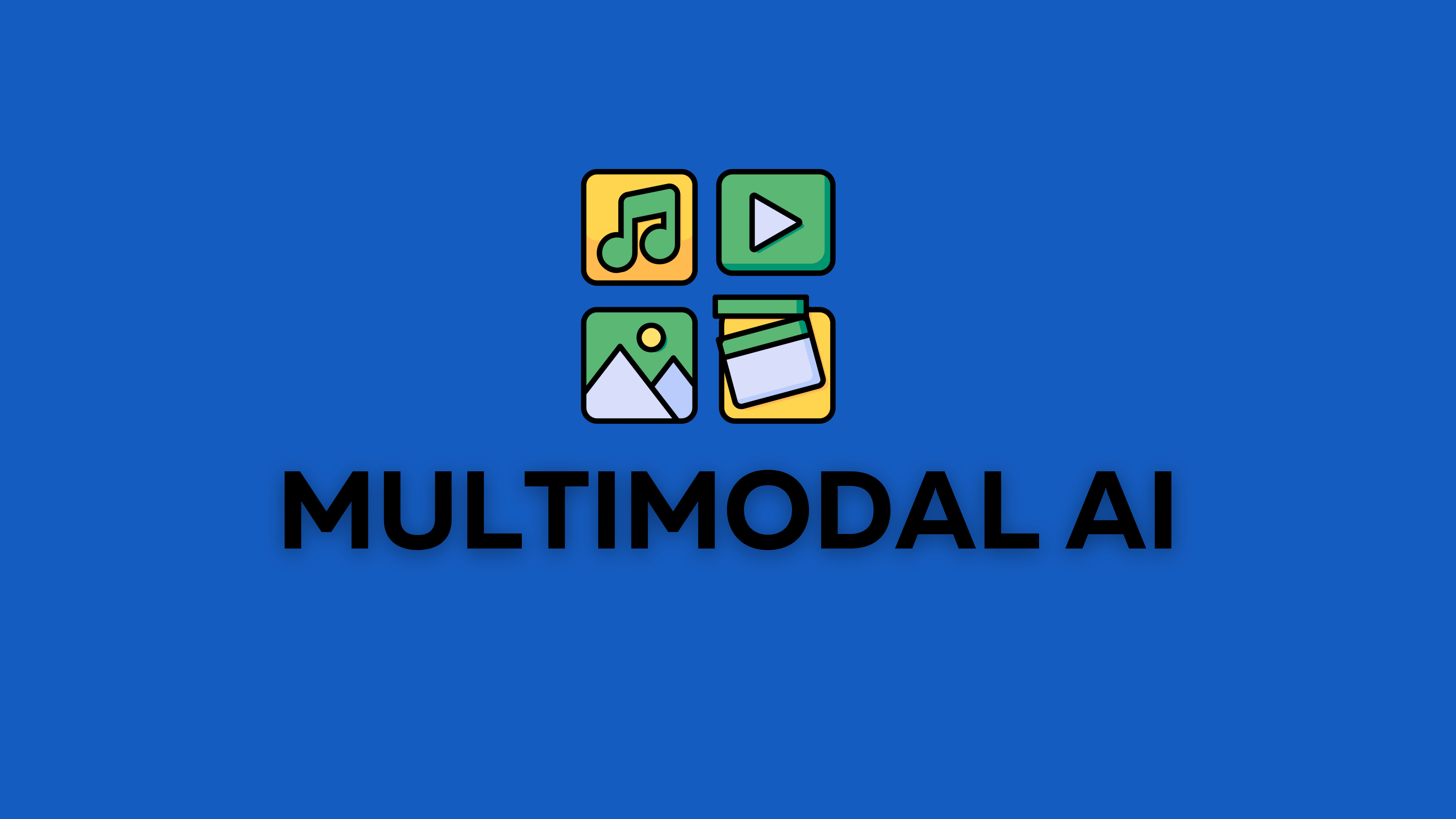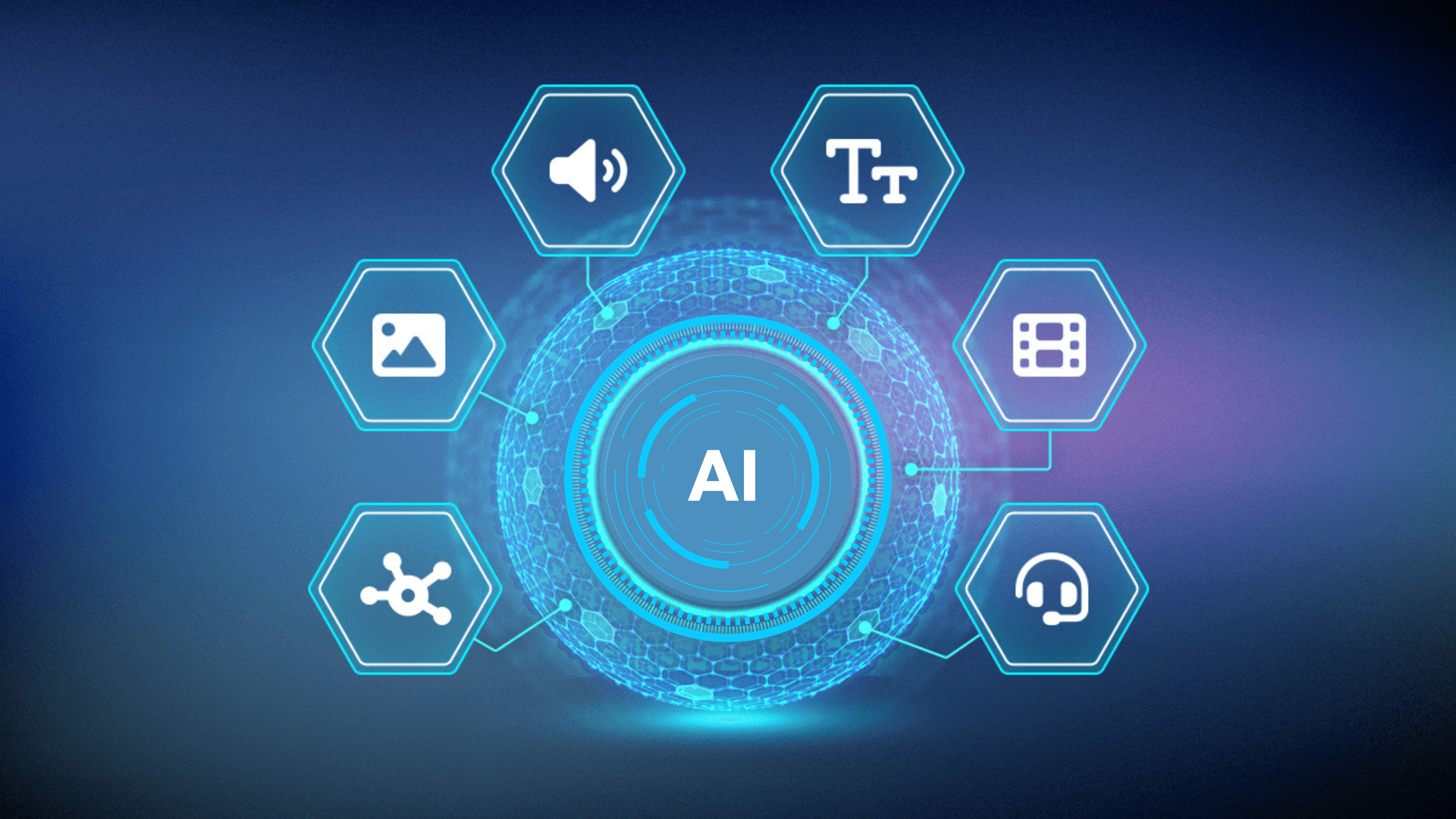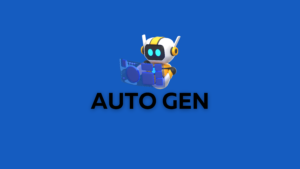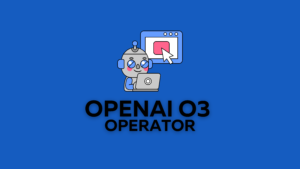
Introduction
In the fast-evolving world of Artificial Intelligence (AI), Multimodal AI is leading the way. Imagine a system that can process images, text, speech, and videos all at once—this is Multimodal AI. Unlike traditional AI that focuses on just one type of input, Multimodal AI combines different forms of data to understand the world in a much richer, more human-like way.
Today, Multimodal AI is revolutionizing industries from healthcare to entertainment, making it one of the most exciting advancements in AI. But what exactly is it, and how does it change the way we use Artificial Intelligence? Let’s dive in!
What is Multimodal AI?
Multimodal AI refers to systems that can process and understand multiple types of data simultaneously. This could mean combining images with text, audio with video, or even sensor data with facial expressions. In simple terms, it’s like how humans use multiple senses to perceive the world around us. For example, when you watch a video, your brain processes visual and auditory information together to understand the context.
This ability to integrate and process various data types makes Multimodal AI more versatile and capable than single-modality systems, allowing it to perform more complex tasks with greater accuracy. You can learn more about Multimodal AI and its applications from OpenAI’s CLIP model (OpenAI CLIP).

Why Is Multimodal AI the Next Big Thing in Artificial Intelligence?
The potential of Multimodal AI goes far beyond improving existing AI technologies. By combining different types of data, these models can offer better decision-making, enhanced creativity, and even a deeper understanding of human behaviors. Here are some key reasons why Multimodal AI is an essential part of the AI future:
1. More Human-like AI
Traditional AI systems often struggle to understand context because they’re limited to a single type of data—like text or images. Multimodal AI solves this problem by enabling machines to understand context more deeply. Just as humans use multiple senses to interpret their surroundings, Multimodal AI processes multiple inputs to make better-informed decisions.
For example, a multimodal AI model might combine text, images, and voice data in a video call to better understand the tone and meaning behind a conversation, offering more accurate responses. For more on this, explore Google’s multimodal approach.
2. Enhanced Performance Across Industries
Artificial Intelligence in industries like healthcare, automotive, and entertainment is improving rapidly thanks to multimodal models. Here’s how:
-
Healthcare: Multimodal AI combines medical images with patient records to assist doctors in diagnosing diseases like cancer more accurately. Learn more about AI in healthcare on our AI Services page.
-
Autonomous Vehicles: Self-driving cars rely on multimodal data, such as camera feeds, LIDAR, and GPS, to make real-time decisions on the road.
-
Entertainment: AI-generated music, videos, and games benefit from multimodal learning, which combines various creative inputs for richer and more engaging experiences.
Key Applications of Multimodal AI in Artificial Intelligence
The applications of Multimodal AI are vast and span across various industries. Let’s explore a few key areas where Multimodal AI is already making waves:
1. Smart Healthcare Solutions
In healthcare, AI models that combine medical imaging (like X-rays or MRIs) with patient records are helping doctors diagnose and treat conditions more accurately. This Multimodal AI approach not only speeds up diagnosis but also increases the accuracy of treatments by providing a holistic view of patient data.
For example, Stanford’s research demonstrates how multimodal AI improves healthcare by merging text-based medical reports with image data.
2. Enhanced Customer Support with AI
Multimodal AI is transforming customer support with virtual assistants and chatbots. These systems can process text, voice, and visual cues, making interactions with customers much more intuitive. For example, a chatbot might analyze your speech’s tone and facial expressions during a video call to provide more personalized responses. If you’re interested in AI-powered customer service solutions, visit our AI Services.
Challenges in Multimodal AI
While the potential of Multimodal AI is immense, there are still challenges to overcome:
1. Data Integration and Alignment
One of the main hurdles in Multimodal AI is aligning different types of data. Combining images, text, and audio involves making sure all data sources are synchronized properly. Misalignment can lead to misinterpretation, which could affect performance.
2. Computational Complexity
Multimodal systems require significant computational resources. Processing large amounts of diverse data in real time demands advanced infrastructure, which could be a challenge for smaller businesses.
The Future of Multimodal AI and Artificial Intelligence
Looking ahead, Multimodal AI will likely evolve to support even more advanced capabilities. As models become more sophisticated, we can expect AI systems to perform tasks that were once thought impossible, like emotion recognition, cross-lingual understanding, and cross-modal creativity (e.g., generating text from images or creating music from videos).
In fact, AI researchers are working on new models that can handle even more complex multimodal data, pushing the boundaries of AI technology. As seen in Meta’s latest multimodal research.
Conclusion: The Impact of Multimodal AI on Artificial Intelligence
As Artificial Intelligence continues to develop, Multimodal AI will play a critical role in shaping the future. Its ability to combine different types of data creates smarter, more context-aware systems. Whether improving healthcare, enhancing customer service, or powering autonomous vehicles, Multimodal AI is revolutionizing industries across the globe.
For more insights into how Artificial Intelligence can improve your business, check out KloudStack’s AI services.





